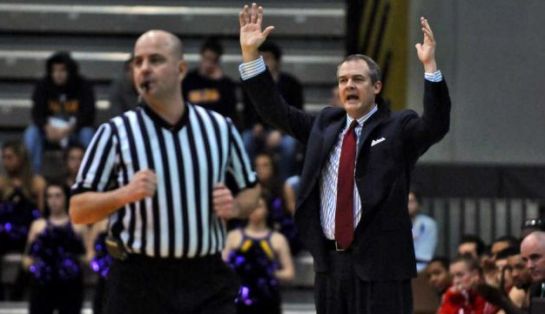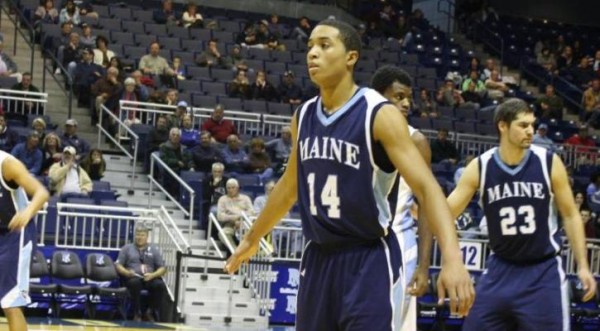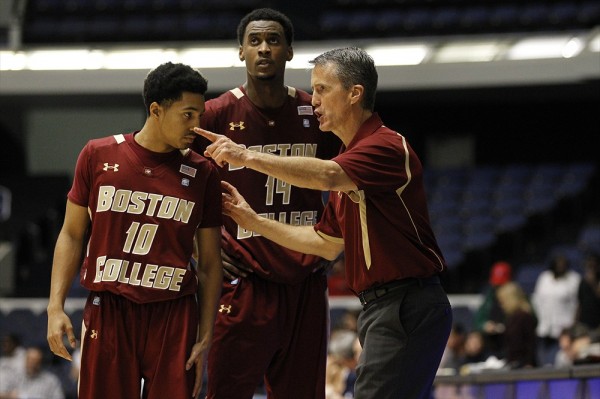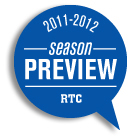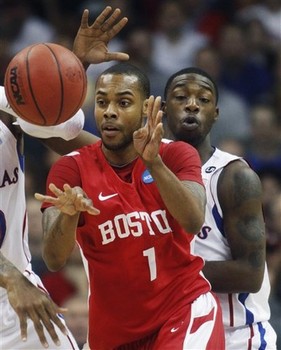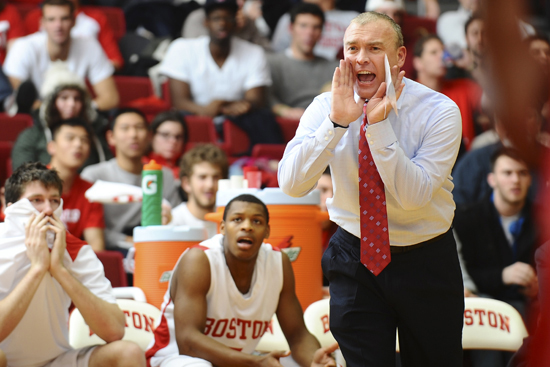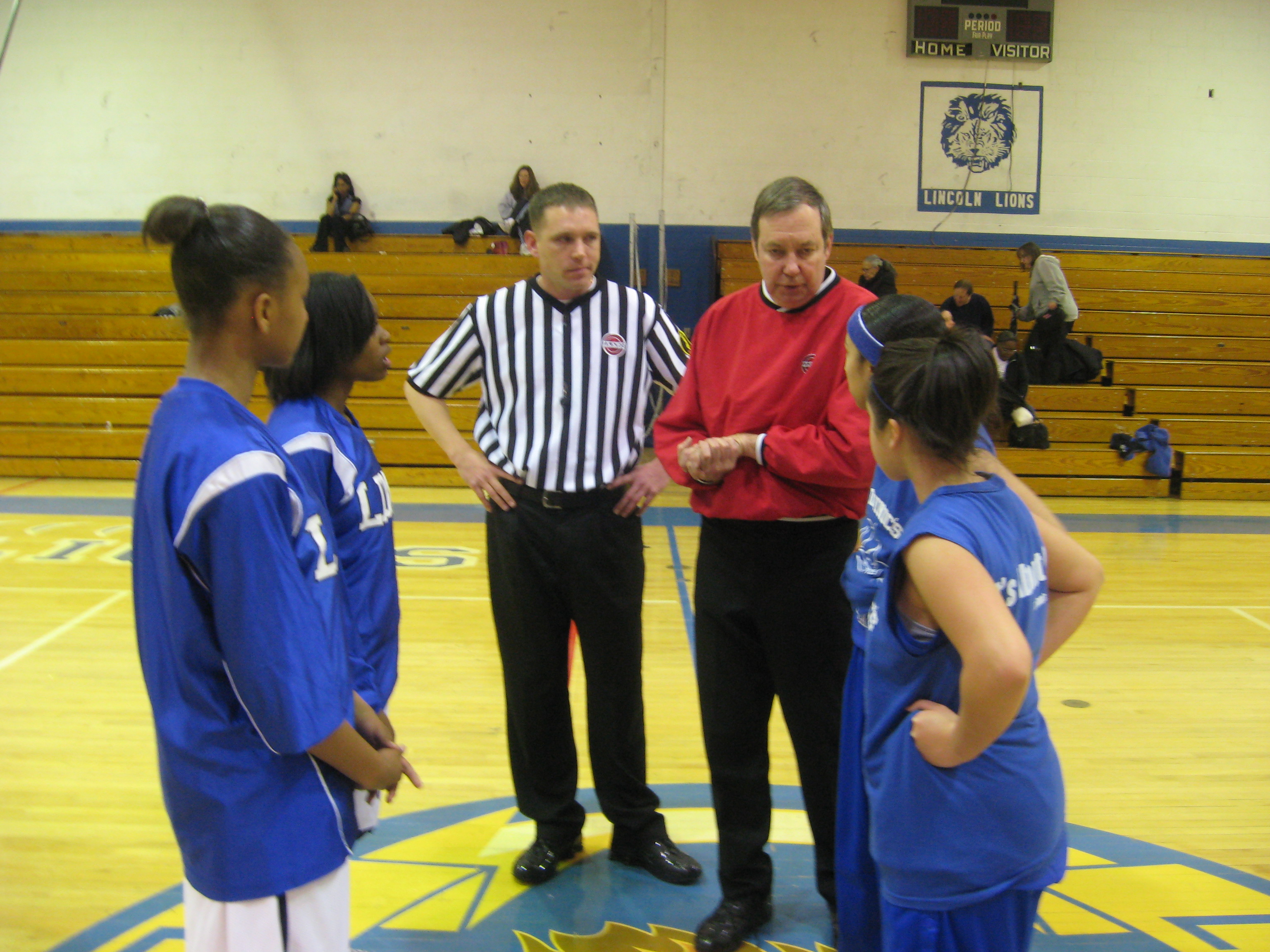America East Tournament Preview & Season Wrap-Up
Posted by Brian Goodman on March 1st, 2012John Templon is the RTC correspondent for America East. You can also find his musings online at NYC Buckets or on Twitter @nybuckets.
Conference Tournament Preview
The top four seeds in the America East have been dominating conference play all season. That’s why they’re expected to meet up in the semifinals. The team that could potentially crash the party is six-seed Hartford, which is playing close to home. If the Hawks get hot from three, there’s always a chance to pull an upset, because they love to shoot the long ball. Also, seven-seed Maine has a ton of talent, but crashed at the end of America East play, losing six of its final seven games. The highest seeded team that survives Hartford is going to get the opportunity every team wants, to host 40 minutes of basketball that will ultimately lead to a berth into the NCAA Tournament. It should make for an exciting, gritty long weekend and championship game.
A Look Back
At the beginning of the season the expectations were that Boston University, Stony Brook, Vermont and Albany would be at the top of the standings. At the end of the season, that’s exactly what we’ve got, except they’re in a slightly different order. An injury to D.J. Irving seemed to throw BU off its rhythm a little bit, but the Terriers still finished 12-4 in conference, including a win over Stony Brook and a sweep of Albany.
Vermont benefited from the continuity of having John Becker take over for Mike Lonergan, but an upset loss to Binghamton, the biggest surprise of the conference season, leaves them slightly behind the eight-ball heading into the conference tournament. But it did save the Bearcats from the indignity of needing to win the play-in game on Thursday to avoid a winless season.
The rest of the bottom of the standings worked out pretty much as expected. None of the other teams has managed to crack the upper echelon of the conference. Hartford, after starting the season 0-13, rebounded to finish 7-9 in conference and qualifies as America East’s biggest surprise.
Conference Accolades
- Player of the Year: Gerardo Suero, Albany – He burst onto the scene this season after a long, circuitous route to upstate New York. On the way, he learned a lot of tricks on offense and it showed, as he was incredibly efficient while using the third most possessions in the nation when he was on the court. Suero averaged 21.7 points per game and also contributed 5.7 boards and 3.0 assists.
- Coach of the Year: Steve Pikiell, Stony Brook – Pikiell wins this award because his team finished in first place. It’s tough to deal with expectations and he’s formed a talented rotation into a team that can have a different person beat you on any given night. This is the second time in three seasons that the Seawolves have won the regular season title. This time, Stony Brook needs to finish the deal and qualify for its first ever NCAA Tournament.
All-Conference Team:
- G Gerardo Suero, Jr. Albany
- G Darryl Partin, Sr., Boston University – This team was supposed to be Partin’s this season, and after a midseason injury to D.J. Irving, it truly was. He did a good job as the go-to guy, holding down the fort and scoring 19.7 points per game until his running mate was ready to go again.
- G Bryan Dougher, Sr., Stony Brook – The designated gunner on the conference’s best team, Dougher shot 37.3% from three and scored 13.4 points per game, the highest of his career, in the fewest minutes per game in his career.
- F Tommy Brenton, Jr., Stony Brook – Brenton isn’t your traditional First Team player, but his defense made him one of the key players in the Seawolves’ rotation. He averaged 7.9 points, 7.8 rebounds, 3.3 assists and 1.5 steals in 29.4 minutes per game this season.
- F Brian Voelkel, So., Vermont – Voelkel didn’t score much, averaging just 4.9 points per game, but he was amongst the America East leaders in rebounds at 8.3 per game, and assists at 5.0 per game.
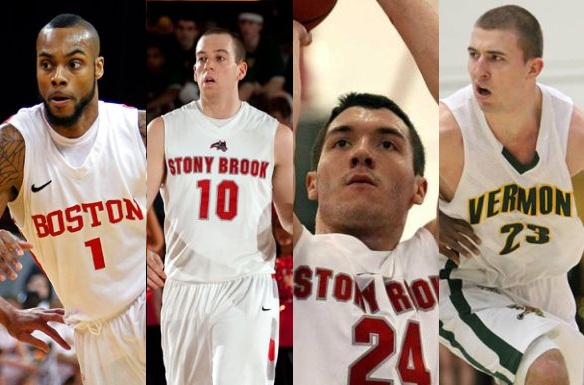
Darryl Partin (far left), Bryan Dougher, Tommy Brenton and Brian Voelkel Rounded Out The America East First Team
Freshman of the Year: Four McGlynn, Vermont – McGlynn and his top competition for this award, Maine’s Justin Edwards, look like they’ll be great cornerstones for their respective teams for years to come. McGlynn, though, was more consistent overall this season. He scored 24 points in 27 minutes in a 68-49 win over Stony Brook that was the Catamounts best victory of the season.
Defensive Player of the Year: Tommy Brenton, Stony Brook – At 6’5,” Brenton has the ability to cover anyone in America East. He’s an excellent rebounder and his offense comes from his defense. Always taking on Stony Brook’s toughest assignment, he led a defense that finished first in conference play by allowing 0.91 points per possession.
Reader’s Take
Power Rankings
- Stony Brook (20-8, 14-2)– The Seawolves have good wins at home over Cornell, Rider and Columbia, but a victory at Northeastern during BracketBusters was the first road win for SBU outside of conference play. Considering how down America East is in general this season, Stony Brook might end up in the play-in game and they could definitely win it.
- Vermont (20-11, 12-3) – The Catamounts own the America East’s best win – over Old Dominion in overtime – and its worst loss – at Binghamton. This is a solid team, but it needs every player on its game in order to win the slowdown games Vermont likes to play.
- Boston University (16-15, 12-4) – The record isn’t great, but most of it can be traced to losing D.J. Irving right before a key stretch in conference play and a lack of options in the frontcourt. Joe Jones did figure out a way to beat top seed Stony Brook once, at home, but they were swept by Vermont, their likely semifinal opponent. The second one was close, 68-67, and gives the Terriers hope they can repeat as champions.
- Albany (18-13, 9-7) – Head coach Will Brown has a contract extension, but the length and terms won’t be announced until after the postseason. That makes it sound like he has a lot of incentive to get the Great Danes some wins. The potential is there with Gerardo Suero, Mike Black and Logan Aronhalt. The problem is up front. UA suffered two losses to Stony Brook by a total of 20 points because there’s no one who can handle SBU’s size.
- New Hampshire (13-15, 7-9) – The Wildcats are hot, having won five of their last six games, including the last one Albany and UNH played on February 9. They’ve been winning close games over the elite (Albany, Boston U.) and taking care of business against the bottom. It’s straight to the elite teams on Saturday with Albany.
- Hartford (8-21, 7-9) – A number of talented freshmen, including Nate Sikma and Mark Nwakamma, give the Hawks something to build upon. There’s also some positive momentum considering the 8-8 finish to the regular season after the winless streak to start. John Gallagher had to spend a lot of time getting his team ready for this level, but it should pay big dividends in 2012-13.
- Maine (12-16, 6-10) – So much talent, so little to show for it. Justin Edwards and Alasdair Fraser are great blocks to build around, but they’re going to need some more help. The departures of Gerald McLemore and Raheem Singleton is going to leave holes in the offense next season. What Ted Woodward really needs is for his team to commit to play defense. Maine has allowed six of its last seven opponents to score at least a point per possession and lost each of those games.
- UMBC (4-25, 3-13) – Losing Chris De La Rosa at the beginning of the season basically tanked the Retrievers’ season. Along the way, though, Chase Plummer picked up a lot of the slack and walk-on Ryan Cook became an integral part of the rotation. Both those players will be back next season as UMBC tries to find a new way to hold down opponents after surrendering a conference-worst 1.12 points per possession this season.
- Binghamton (1-28, 1-15) – All those losses have exposed the fact that changes still need to be made in upstate New York. The Bearcats have left Mark Macon with an almost impossible situation and while there’s some talent on the roster, Robert Mansell’s knee injury and Ben Dickinson’s immature actions on the court leave questions that need to be answered before next season.































